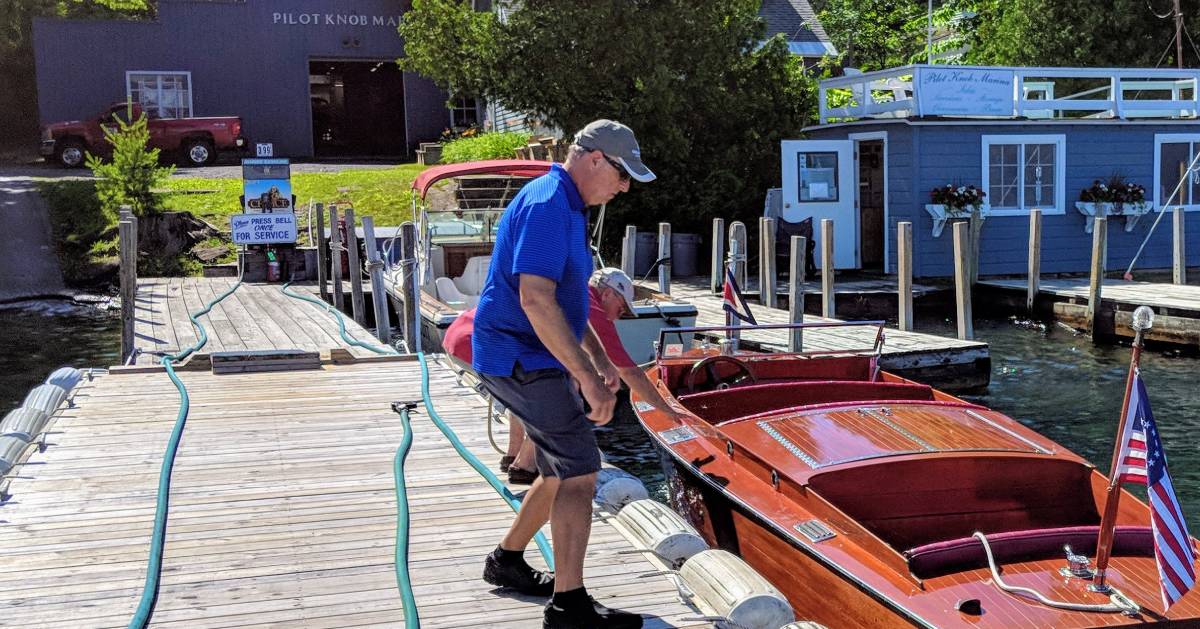10 Tips to Stay Safe While Refueling Your Boat
While refueling an automobile may be fairly simple, refueling a boat can be much more dangerous. The following tips are derived straight from the Boat Owners Association of the US to avoid common hazards like gasoline vapors, cracked fuel hoses, and more.

1) Disembark
Once safely tied up to the fuel dock, everyone should get off the boat.
2) Turn everything off
Shut down all engines, electric motors, and galley stoves. Turn off battery at the main switch.
3) Close boat up
Close all compartments, cabin doors, ports, windows, and hatches.
4) No smoking
Make sure all smoking materials are completely extinguished and there are no burning cigarettes on board.
5) No static
Keep the fuel nozzle in contact with the fuel deck fill to prevent static sparks (and do not confuse fuel fill with rod holder, water tank, or holding tank fill). Stay with the boat and don't use the "hands-free" clip. Remove portable tanks and place them on the fuel docks before filling.
6) Don't overfill
Don't fill the tank to the very top to prevent fuel from coming out of the fuel tank vent. Know how much fuel you need. Keep an absorbent pad handy. An overfilled tank can allow fuel to blowback or expand and be forced out of the tank as temperatures rise or as seas kick up.
7) Clean up
Replace the tank cap, open all hatches and doors, wipe up any spills, and dispose of any fuel soaked absorbents properly. Do not hang absorbents up to dry - this becomes a bad idea when a guest opts to smoke.
8) Use the blower
Operate the bilge blower, if equipped, for at least four minutes.
9) Sniff test
Smell the bilge and engine compartment before starting the engine. A bilge blower won't remove vapors from spilled gasoline, so smell first, then turn the key.
10) Investigate any issues
If the engine doesn't start after you refuel, stop and investigate. Don't keep trying to start the engine - this is how explosions can occur.
For more information, please visit BoatUS.org/fueling-tips.